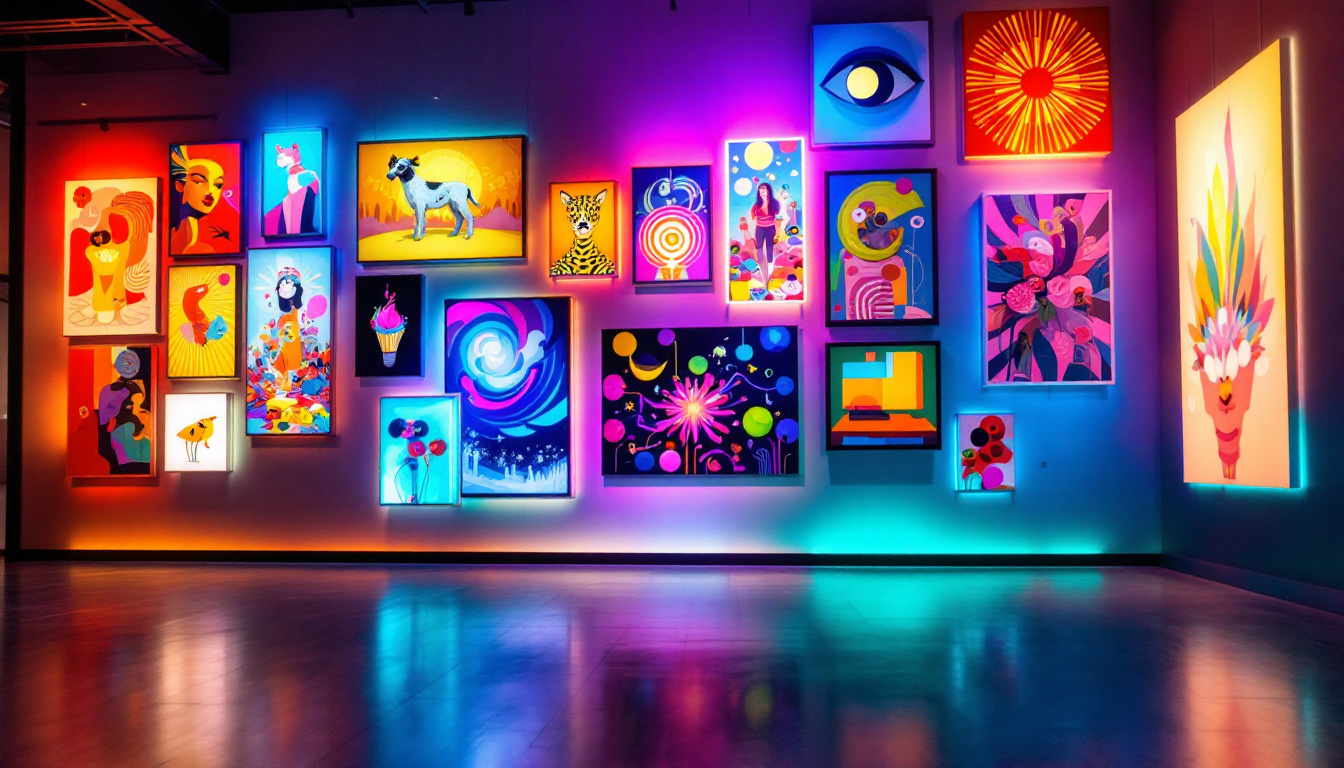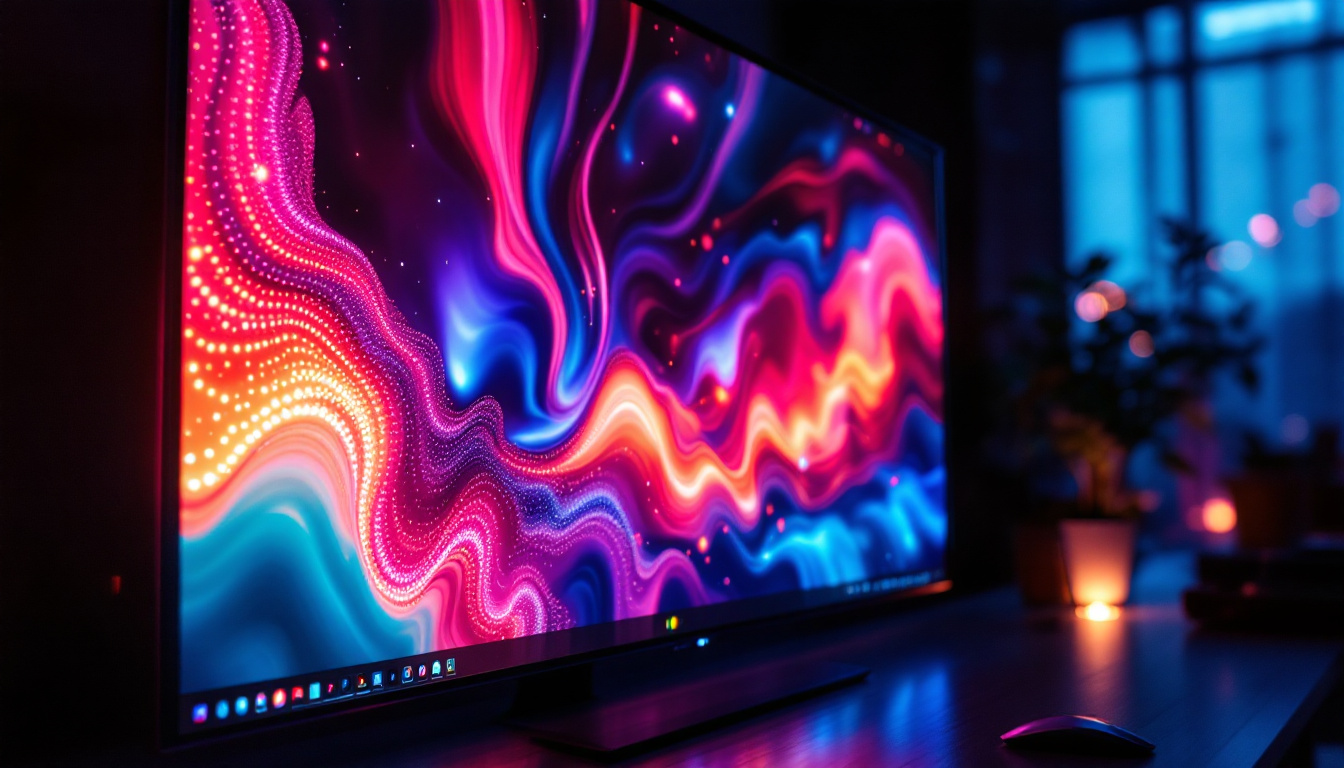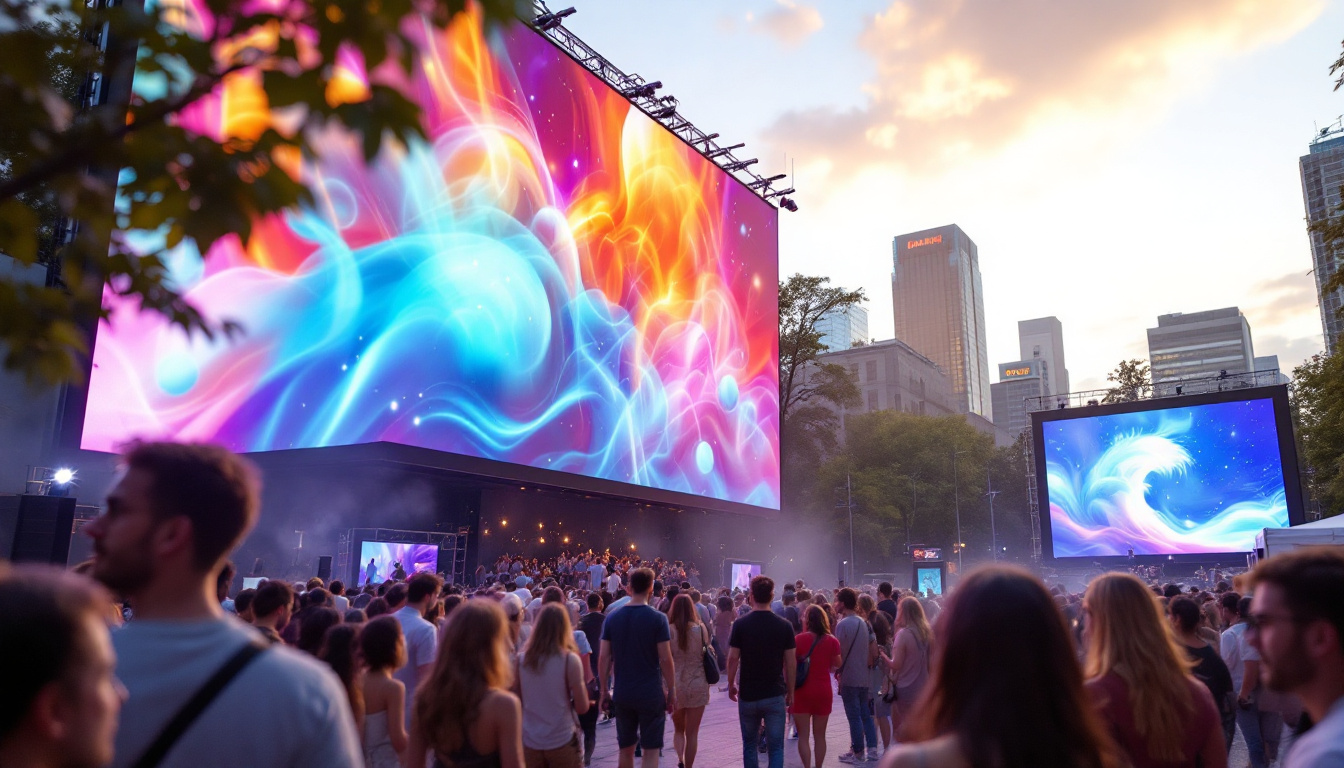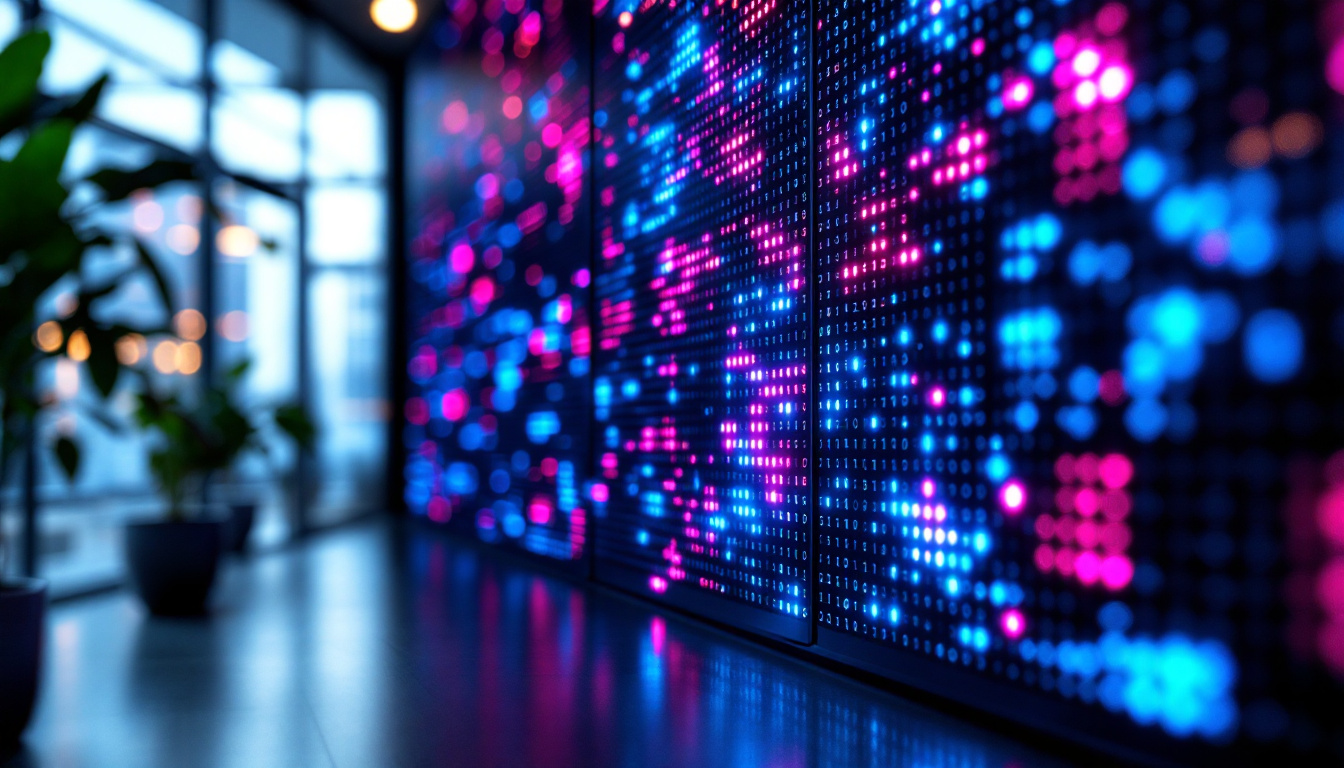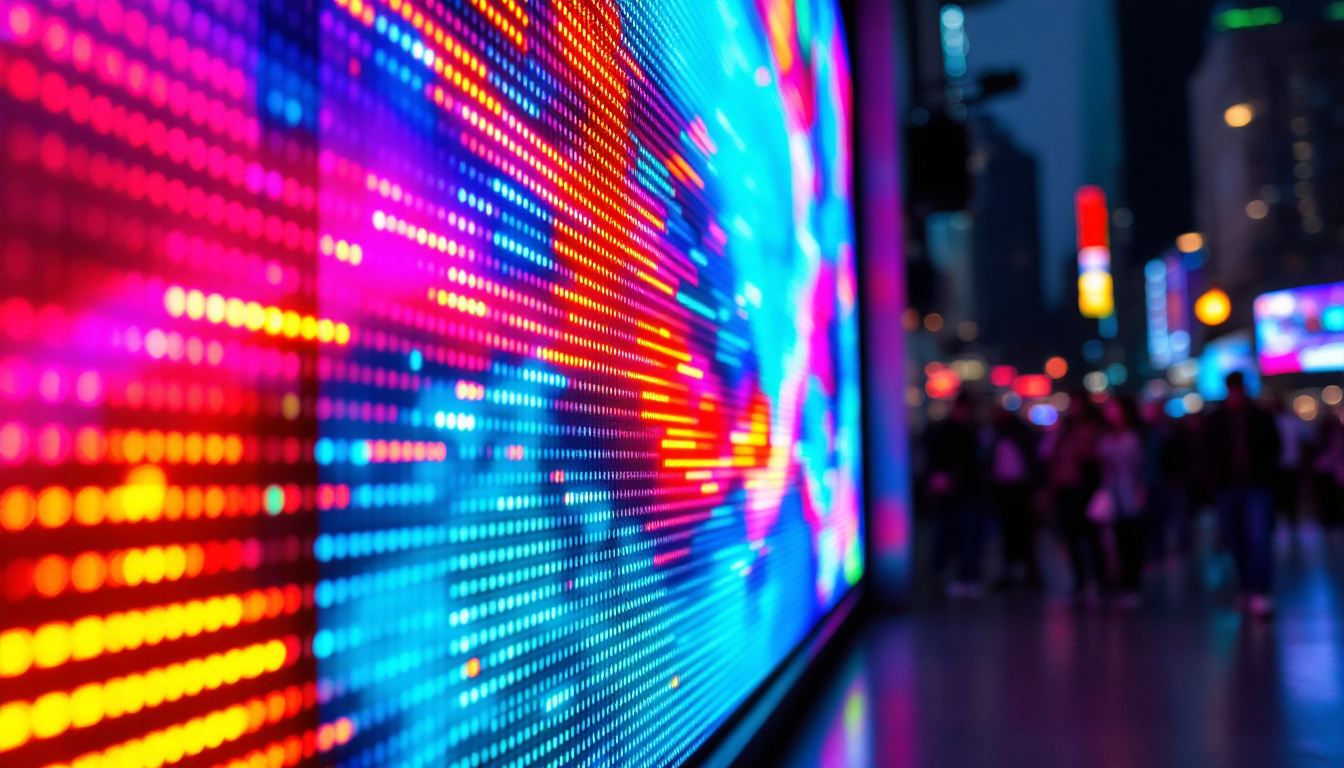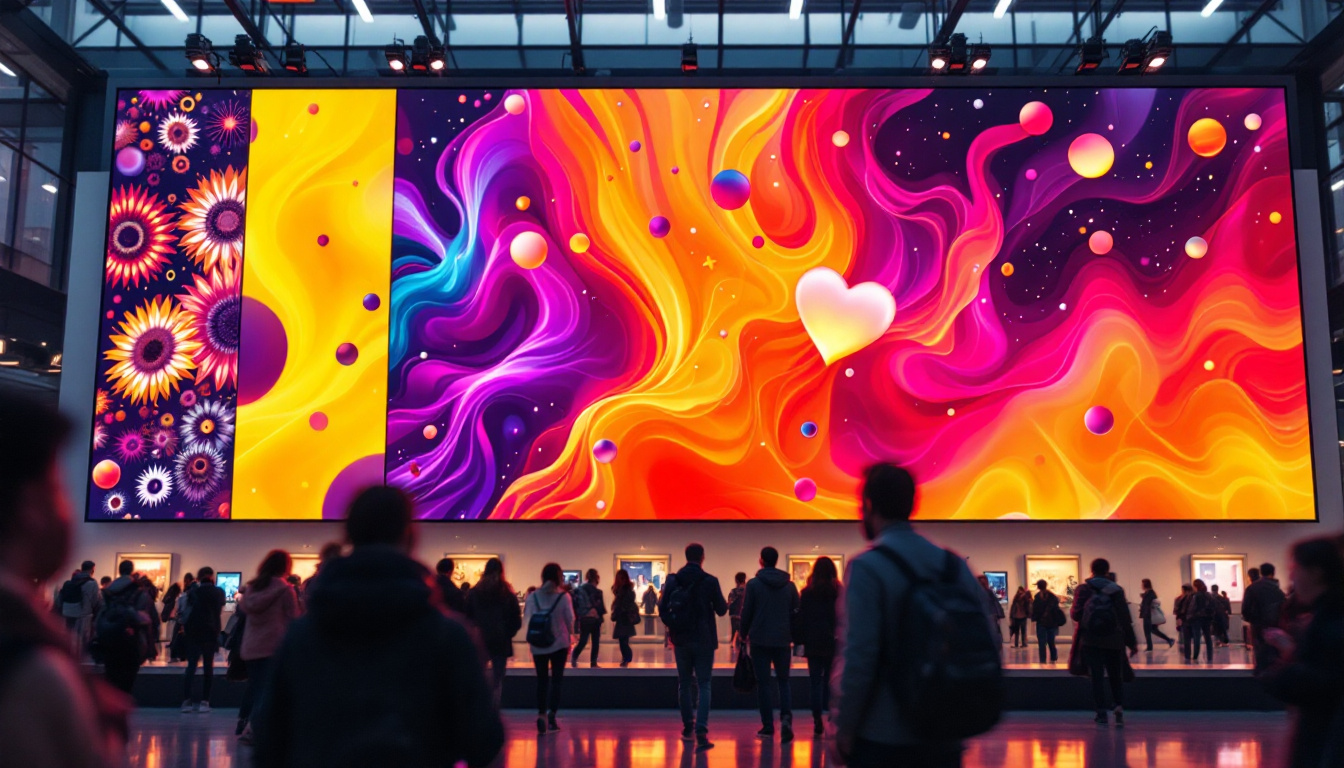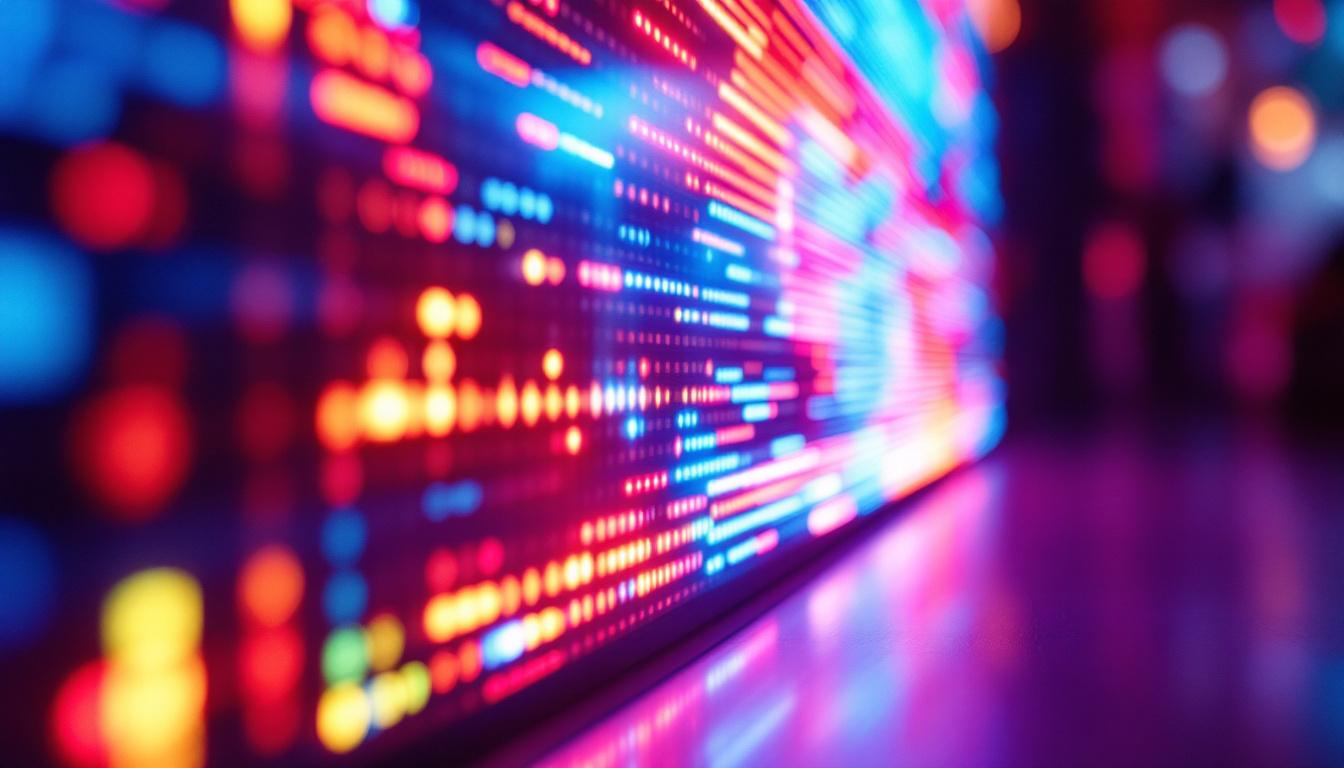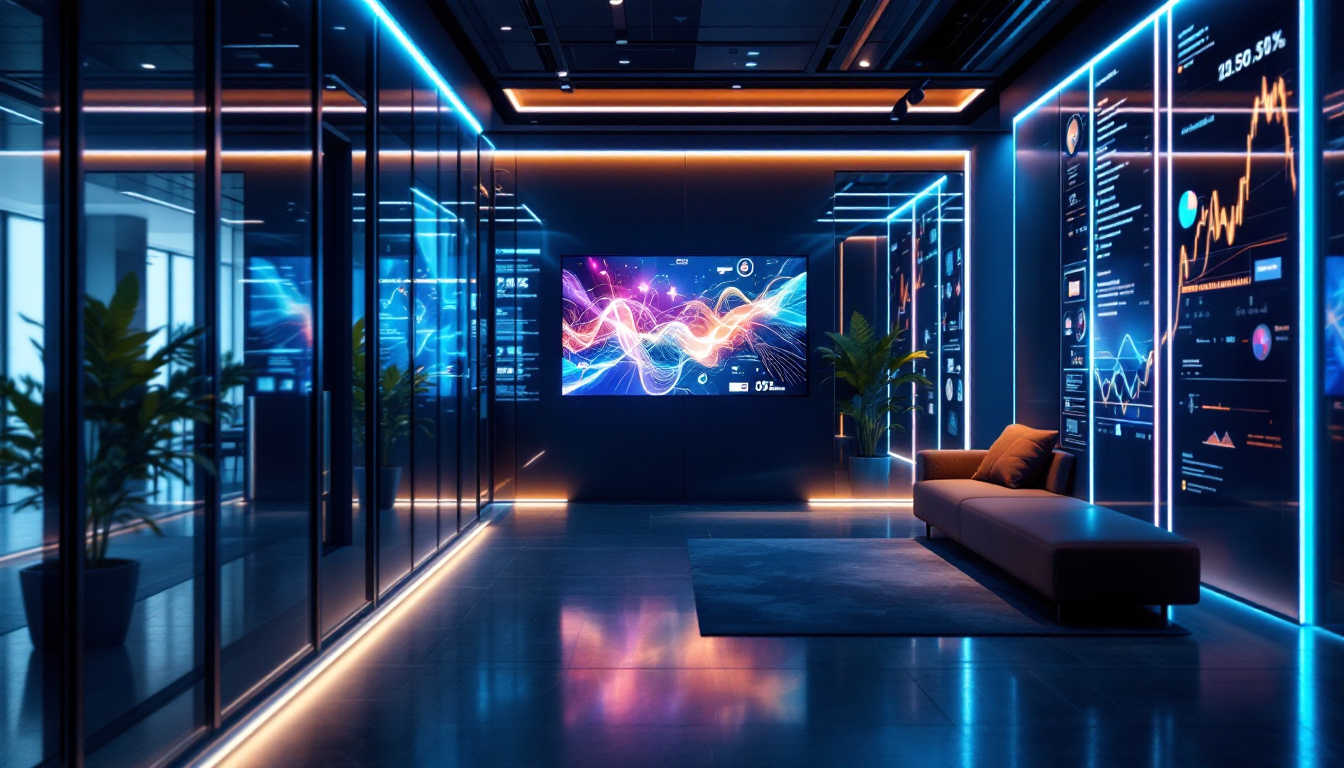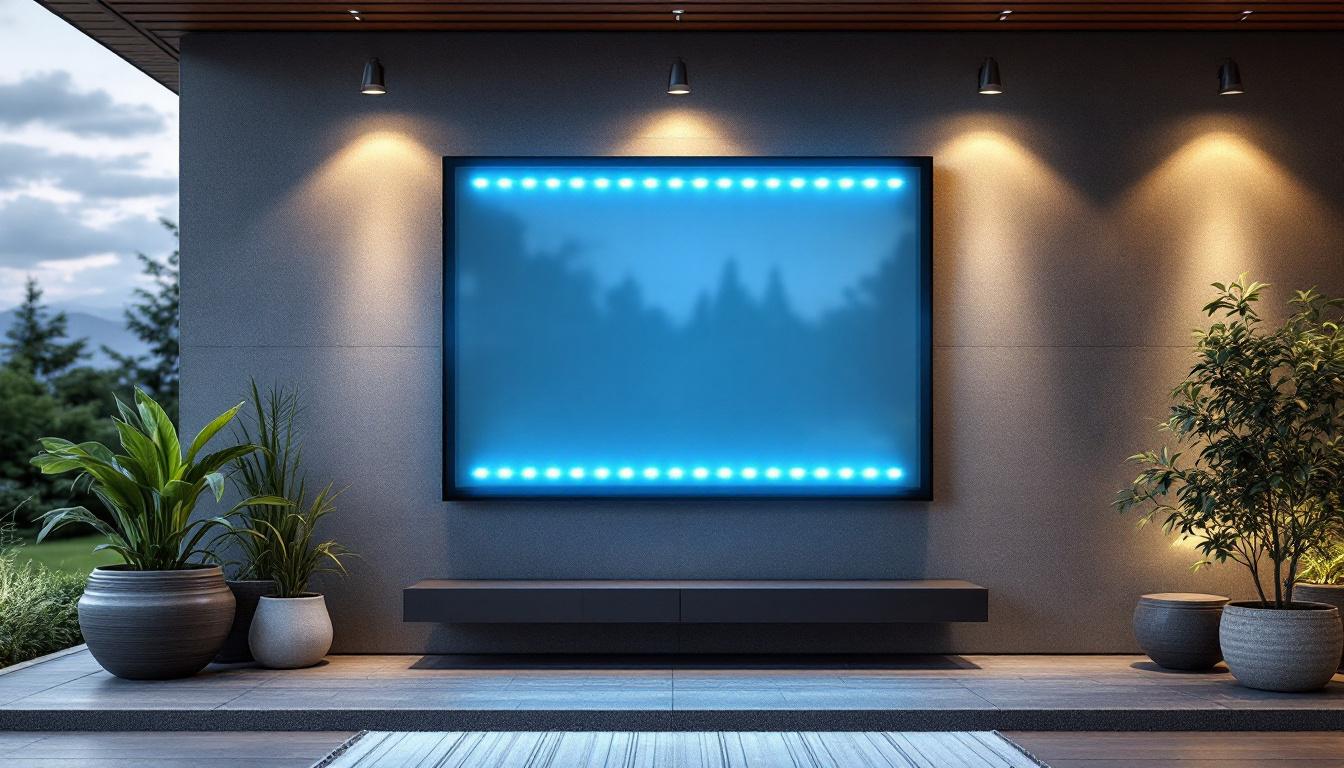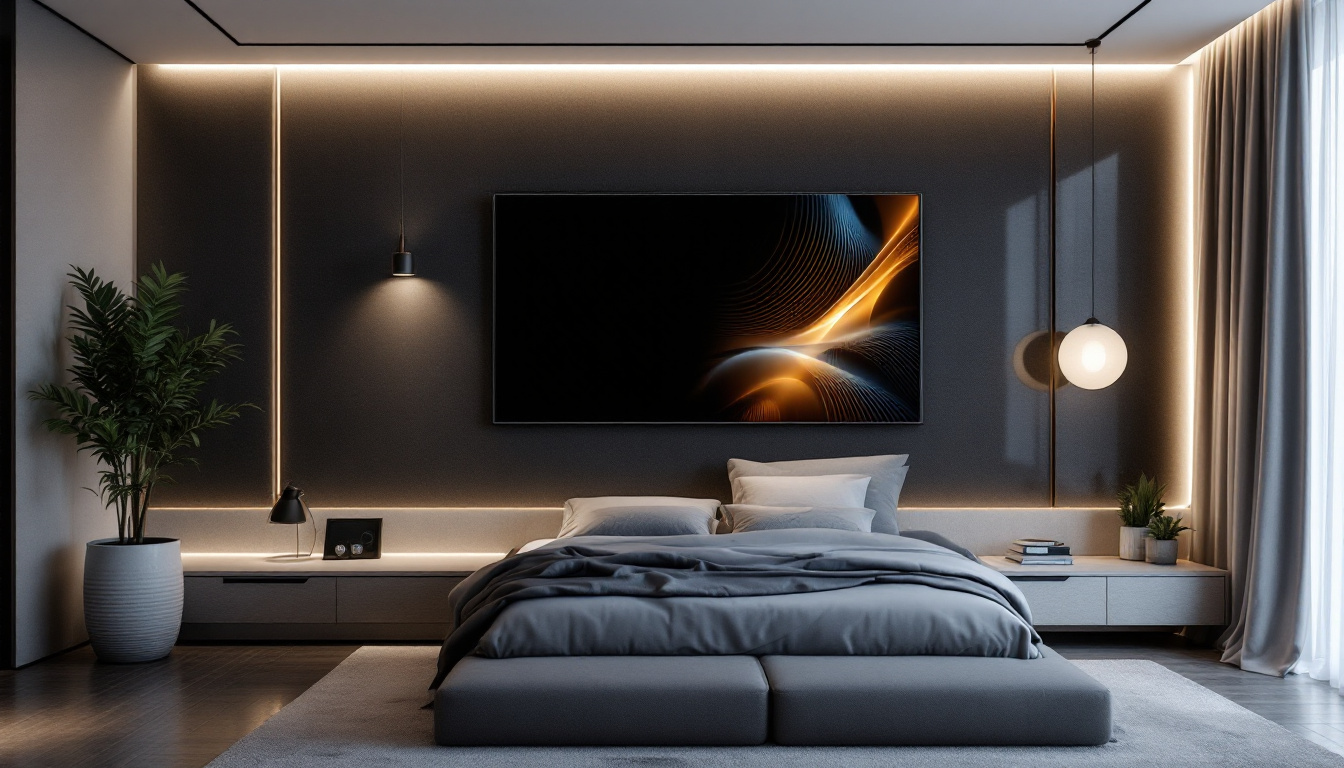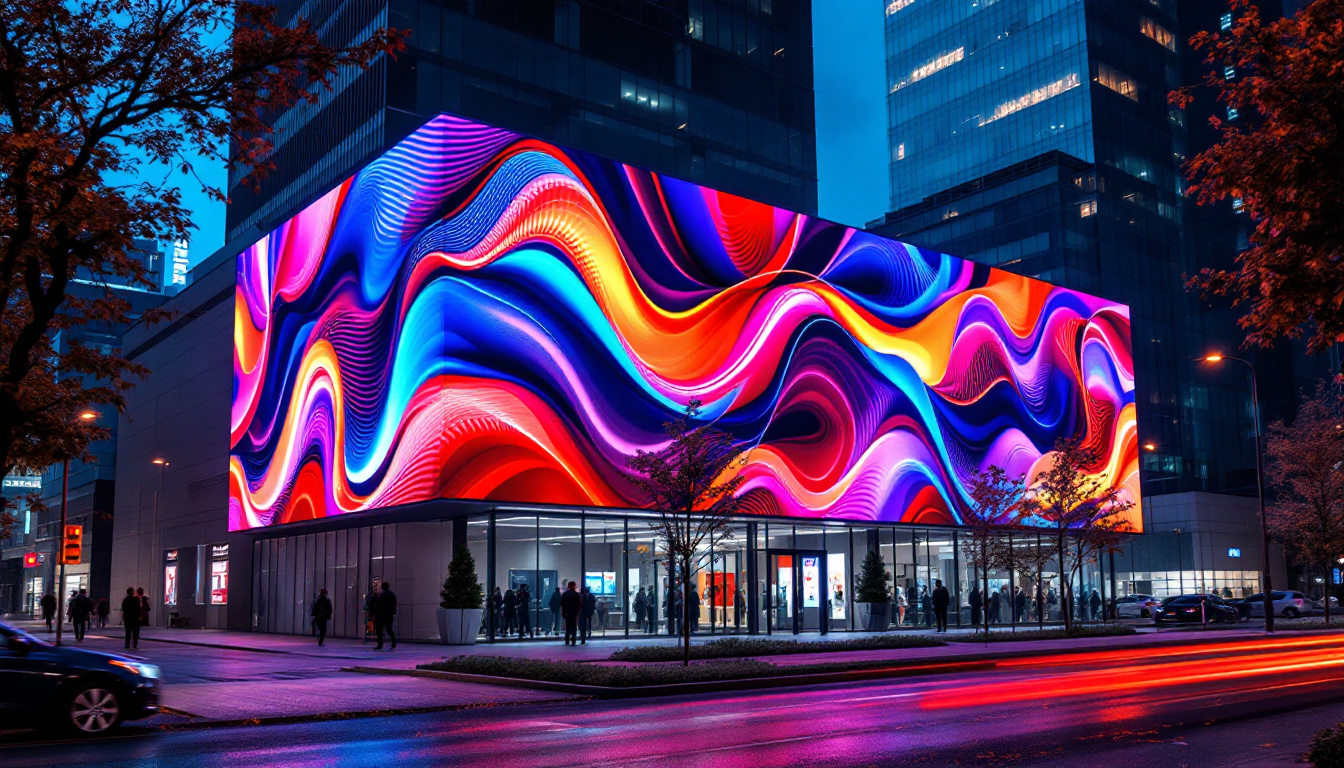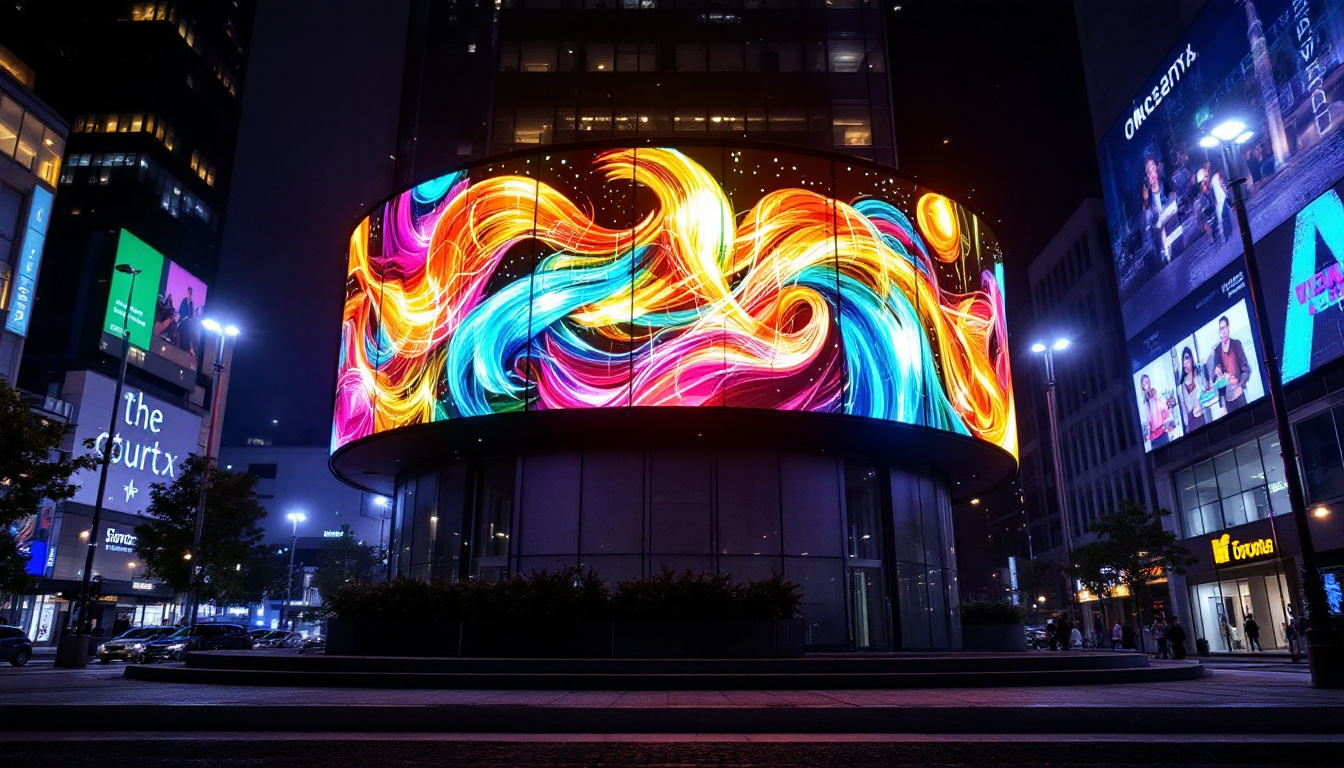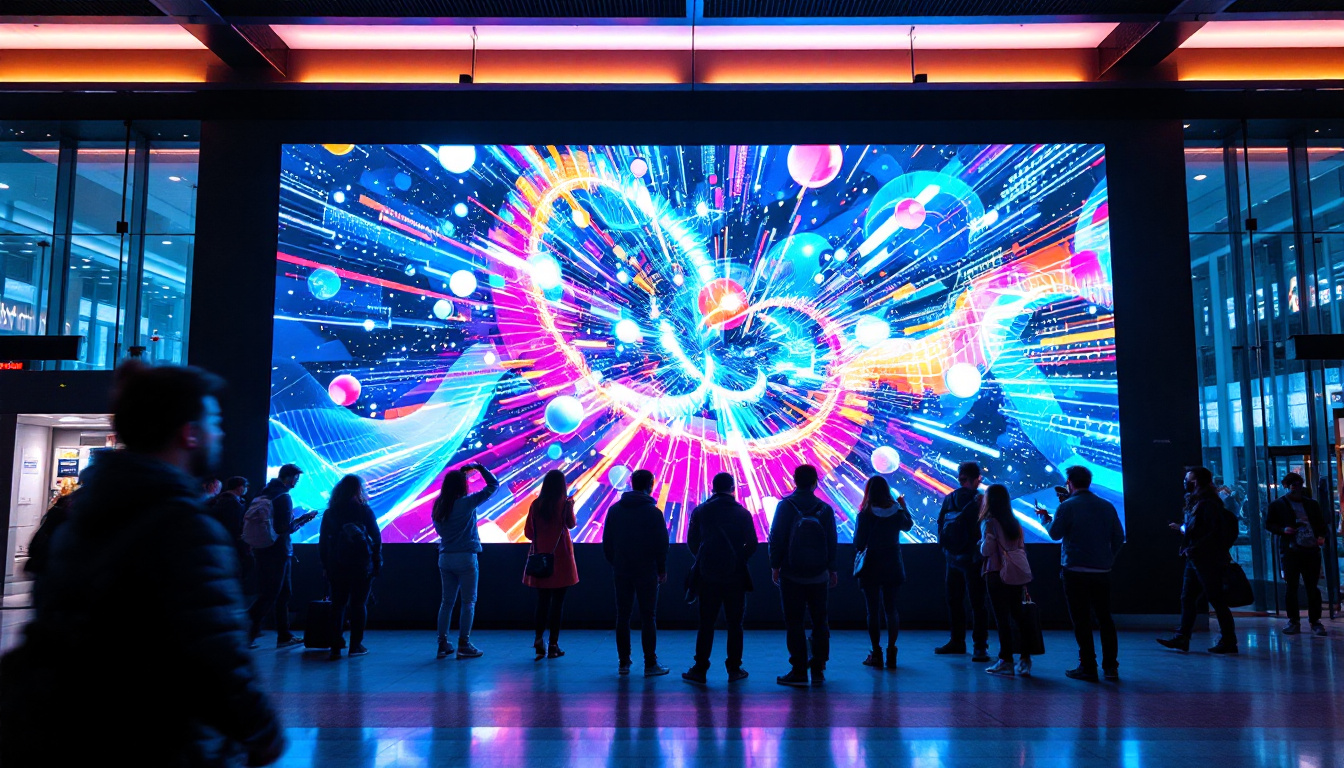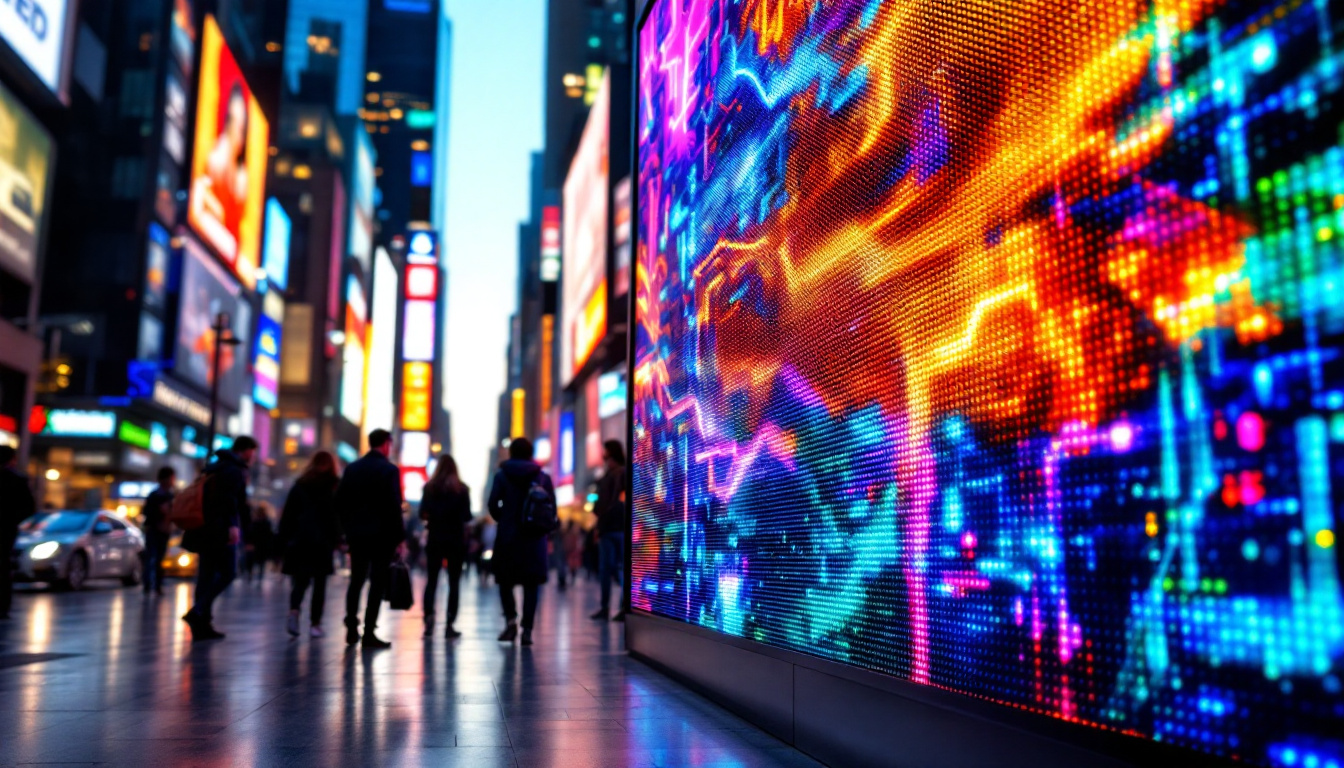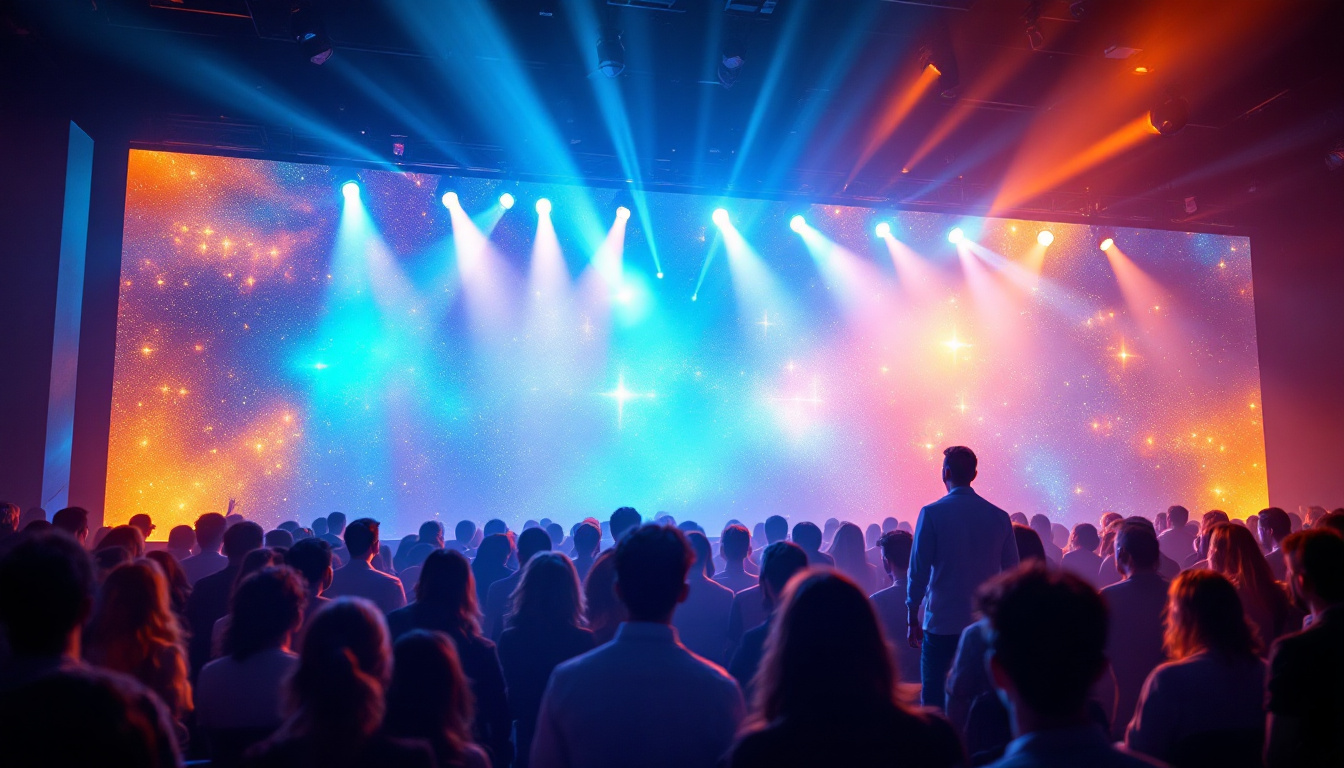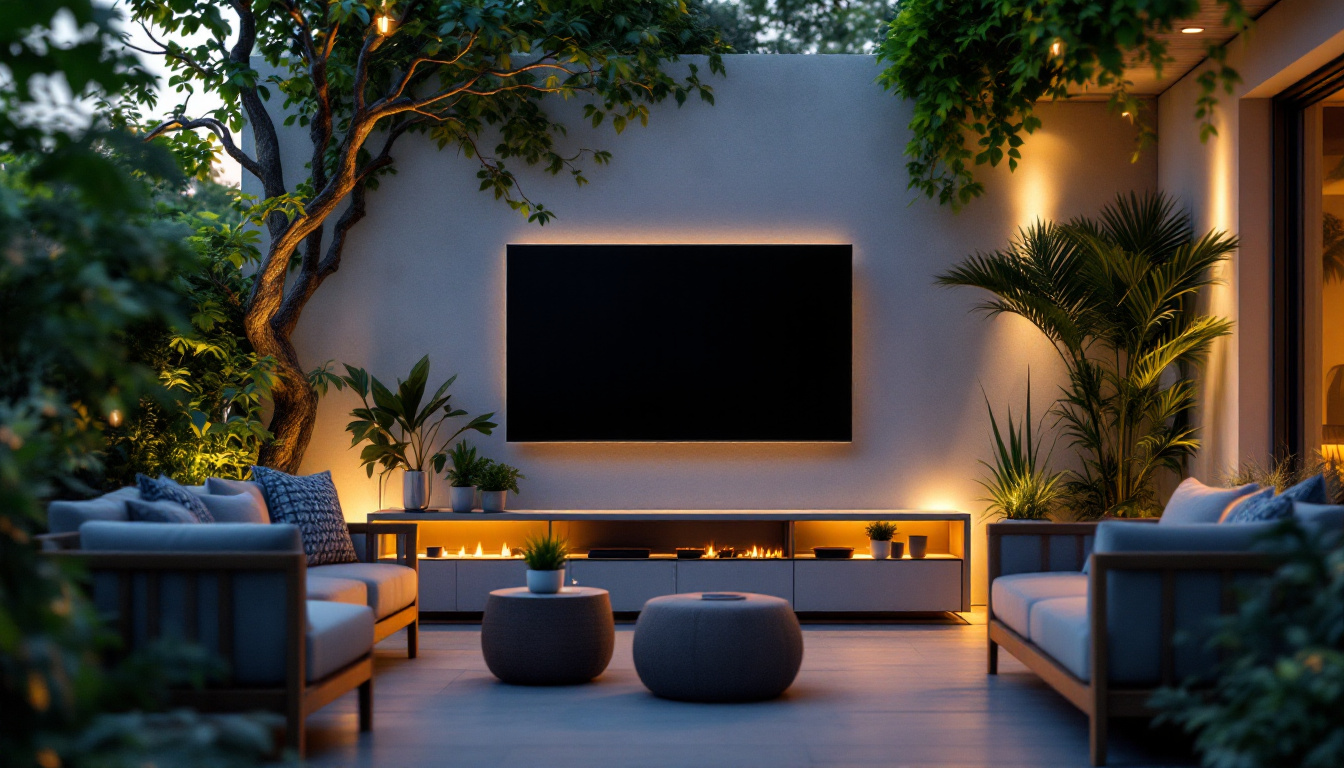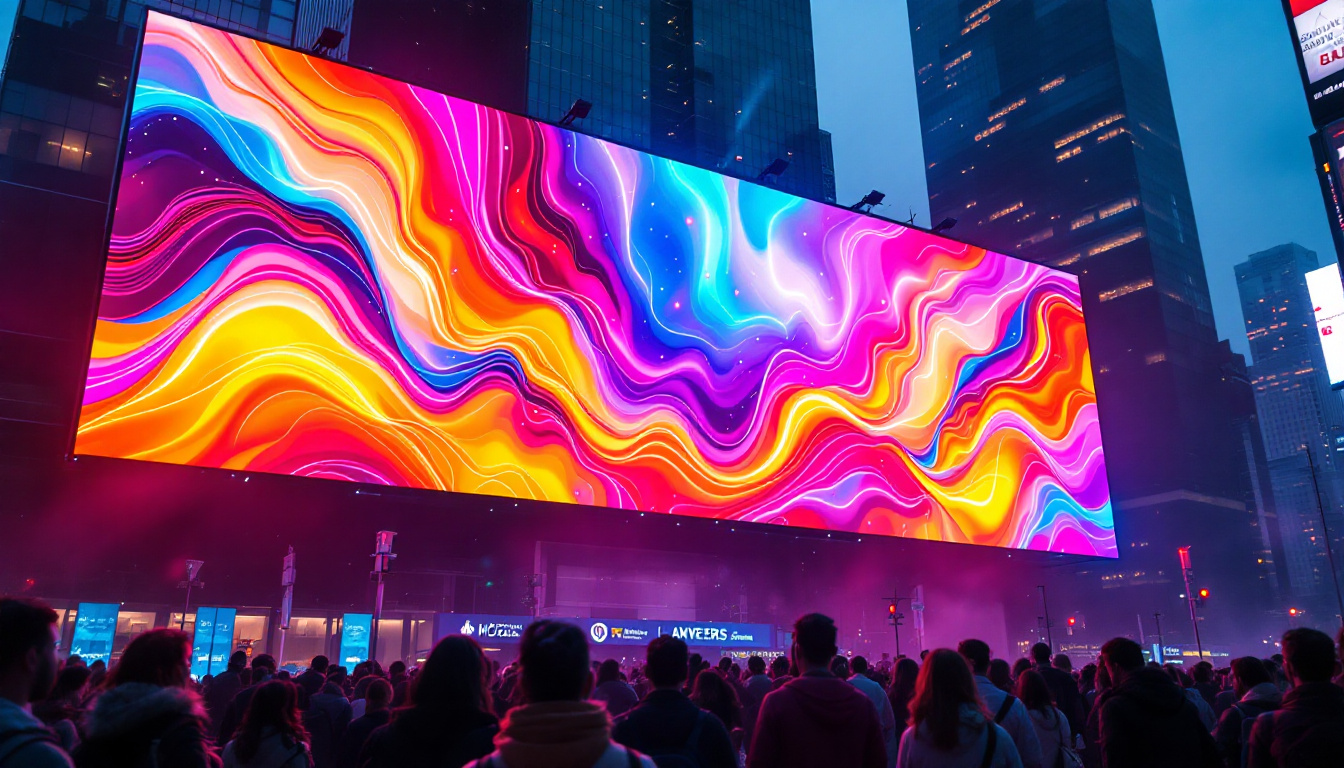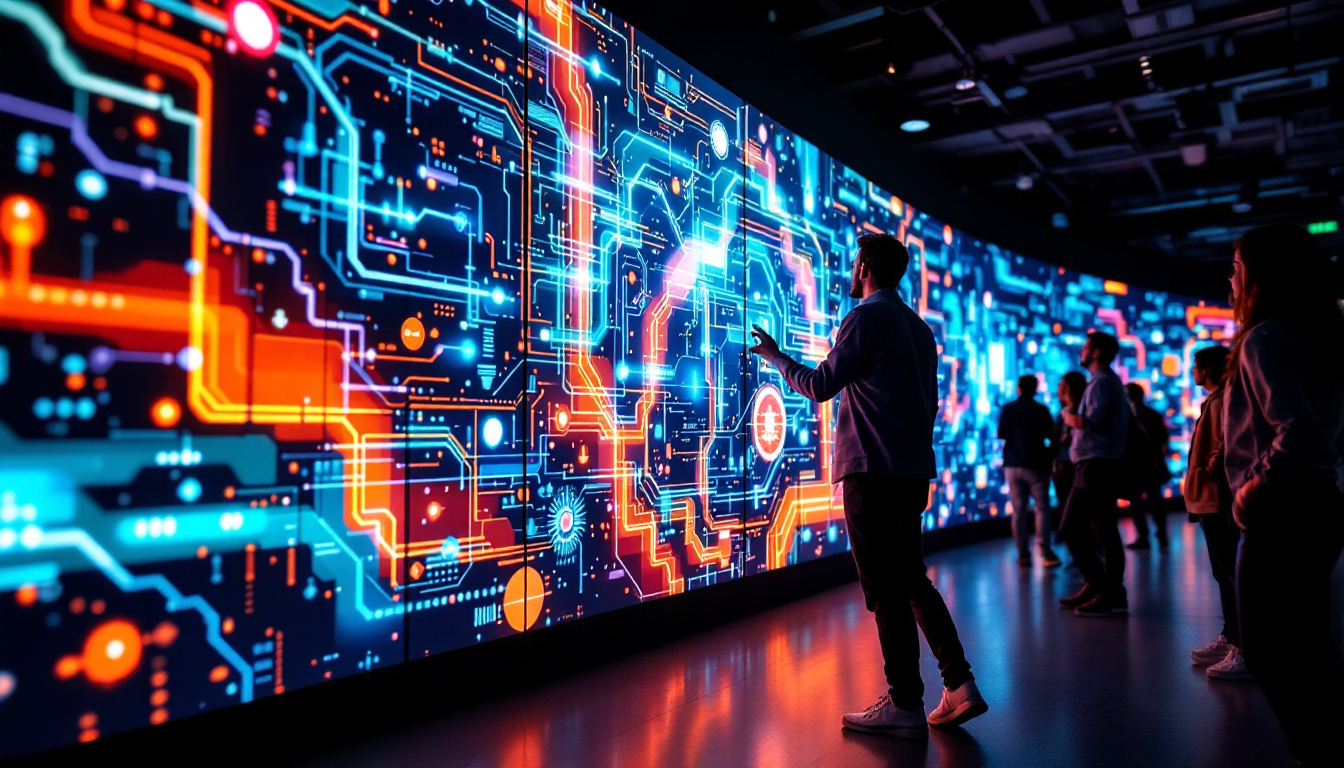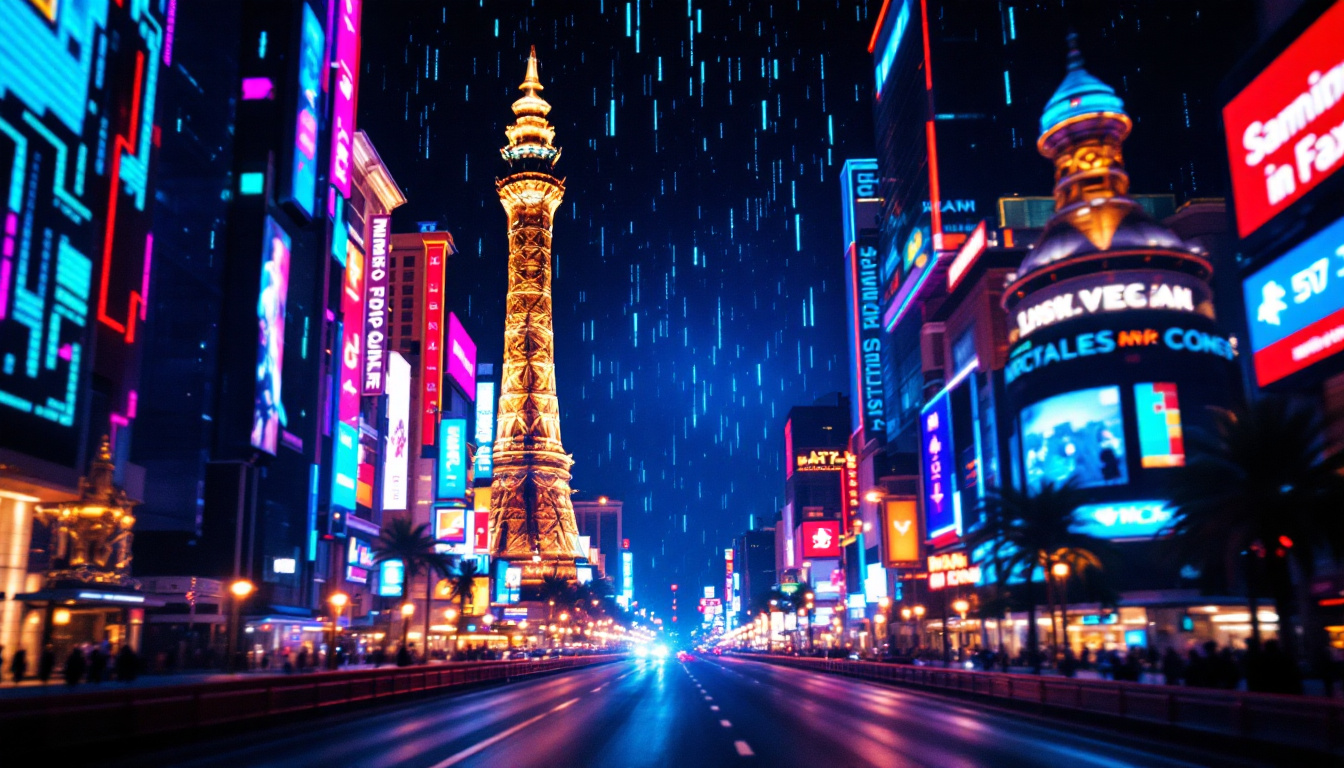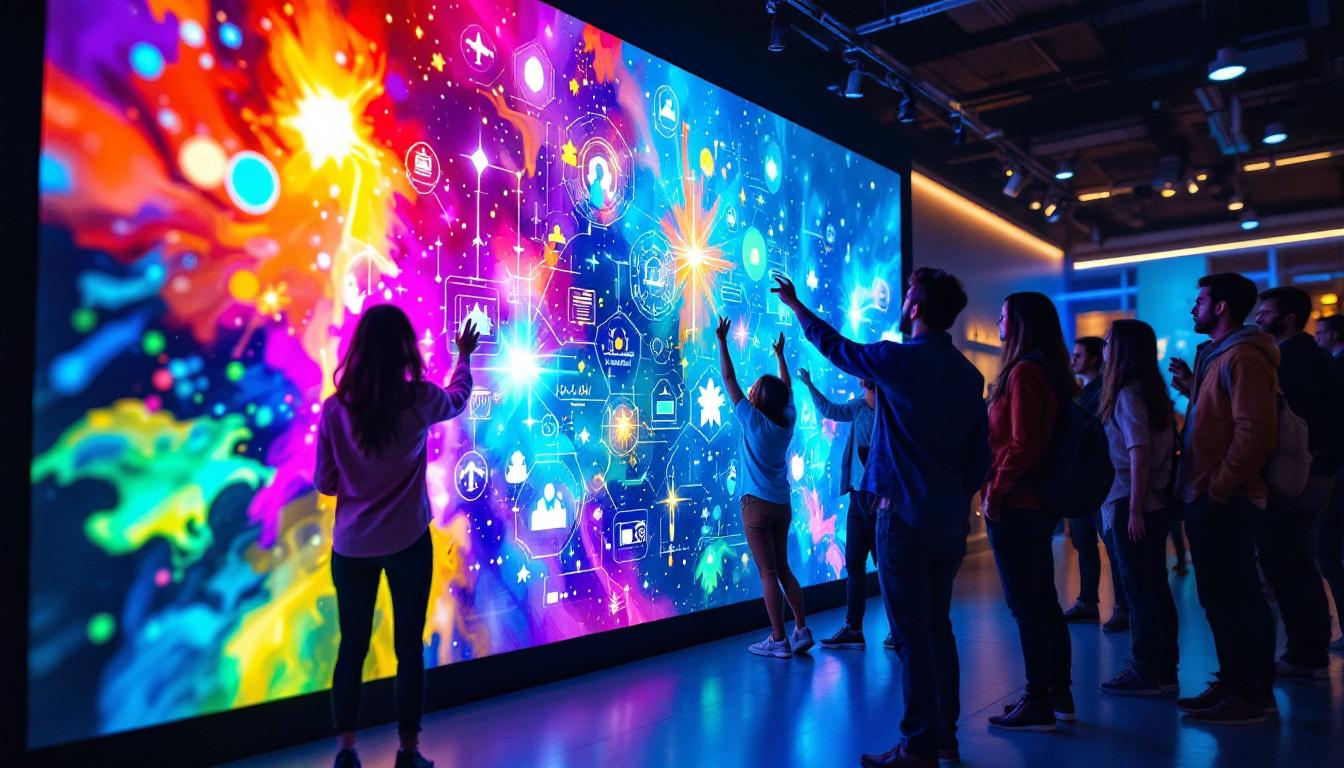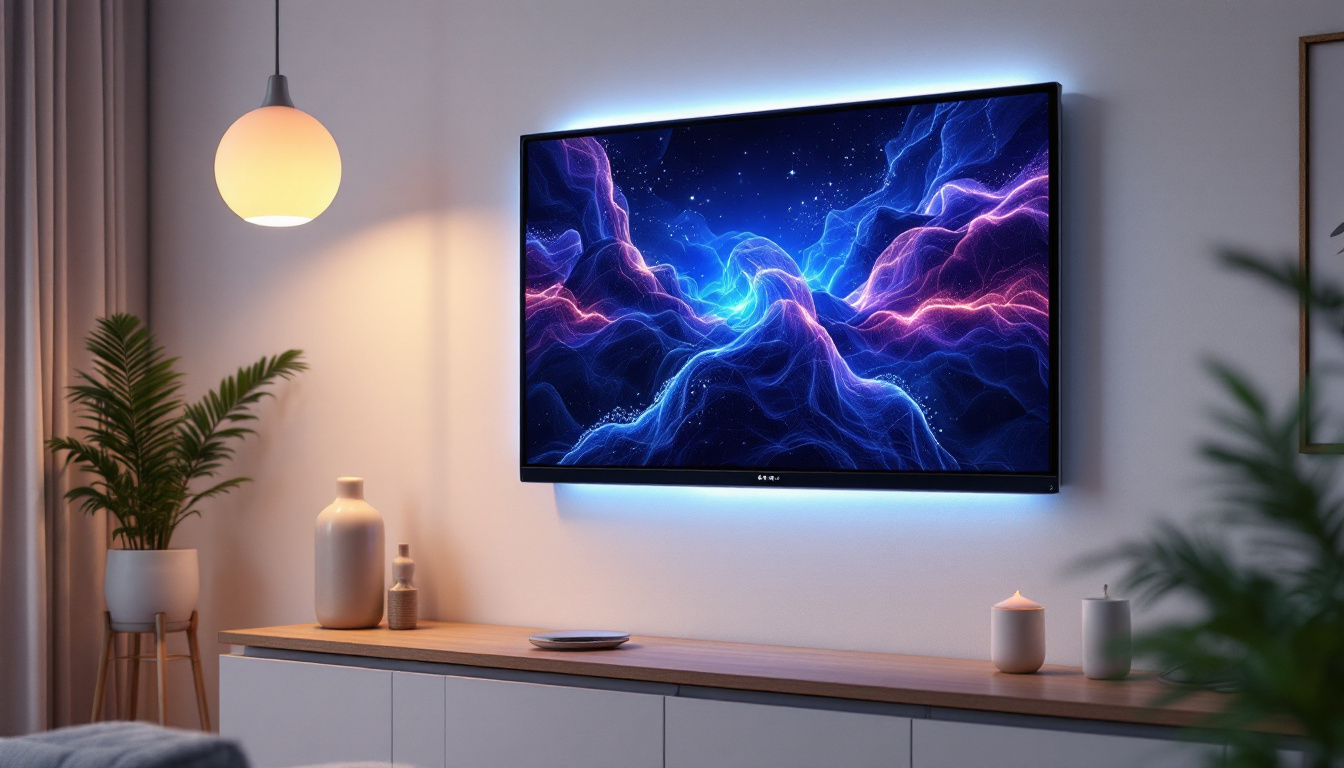In a world increasingly driven by visual communication, LED displays have emerged as a pivotal technology in various sectors, from advertising to entertainment. This article aims to delve deep into the mechanics, applications, and advantages of LED displays, offering insights that cater to both industry professionals and curious readers alike.
Understanding LED Technology
Light Emitting Diodes (LEDs) are semiconductor devices that emit light when an electric current passes through them. This technology has evolved significantly since its inception, leading to the development of vibrant and efficient displays that are now ubiquitous in modern society. From streetlights to television screens, LEDs have transformed the way we illuminate and visualize our world, offering not just energy efficiency but also a vast array of colors and brightness levels that were previously unattainable with traditional lighting technologies.
The Basics of LED Operation
At its core, an LED works by electroluminescence, where electrons recombine with holes within the device, releasing energy in the form of photons. The color of the light emitted depends on the materials used in the semiconductor. By combining different colors, full-spectrum displays can be created, providing the rich visuals that audiences have come to expect. This mechanism is not only efficient but also allows for rapid switching, making LEDs ideal for applications that require dynamic lighting, such as in video displays and stage lighting, where quick changes in color and intensity can enhance the overall experience.
Types of LED Displays
LED displays can be categorized into several types, each suited for specific applications. The most common types include:
- Direct View LED: These displays consist of individual LED modules that can be arranged to form large screens, ideal for outdoor advertising and events. Their high brightness and durability make them suitable for various environmental conditions, ensuring visibility even in direct sunlight.
- LED Backlit LCD: This technology uses LEDs to illuminate an LCD screen, enhancing brightness and color accuracy. By providing a more uniform light source, LED backlighting improves the overall image quality, making it a popular choice for televisions and computer monitors.
- Organic LED (OLED): A more advanced form of LED technology that offers superior color reproduction and flexibility, often used in high-end televisions and smartphones. OLED displays can achieve deeper blacks and a wider viewing angle, as each pixel emits its own light, allowing for thinner designs and more innovative form factors.
Key Components of LED Displays
Understanding the components of LED displays is crucial for grasping how they function. Key elements include:
- LED Modules: The building blocks of any LED display, these modules contain multiple LEDs arranged in a grid. The arrangement and density of these modules can significantly affect the resolution and clarity of the displayed image.
- Control Systems: These systems manage the input signals and ensure that the correct colors and images are displayed. Advanced control systems can also incorporate features like color calibration and dynamic brightness adjustment, enhancing the viewing experience in varying lighting conditions.
- Power Supply: A reliable power source is essential for maintaining brightness and performance. Modern LED displays often utilize power management technologies that optimize energy consumption, ensuring that the displays operate efficiently while minimizing heat generation.
Moreover, the integration of smart technology into LED displays has opened up new possibilities. With the advent of Internet of Things (IoT) capabilities, LED displays can now connect to networks, allowing for remote monitoring and control. This means that businesses can update advertising content in real-time, track performance metrics, and even adjust settings based on environmental factors. Such advancements not only enhance functionality but also provide a seamless user experience, making LED technology an integral part of smart city initiatives and modern digital signage solutions.
Applications of LED Displays
LED displays are versatile and find applications across various industries. Their ability to deliver high-quality visuals and adaptability makes them suitable for numerous environments.
Advertising and Marketing
One of the most prominent uses of LED displays is in advertising. Billboards and digital signage have transformed the way brands communicate with consumers. The vibrant colors and dynamic content of LED displays capture attention more effectively than traditional printed advertisements.
Moreover, LED displays can be easily updated, allowing businesses to change their messaging in real-time. This flexibility is particularly advantageous for promotions, events, and time-sensitive offers. Businesses can also utilize targeted advertising strategies, displaying different messages based on the time of day or specific audience demographics, thus maximizing their outreach and engagement.
Entertainment and Events
In the entertainment sector, LED displays are a staple in concerts, festivals, and sporting events. Large-scale LED screens provide audiences with immersive experiences, enhancing the visual aspect of performances.
From live broadcasts to stunning visual effects, these displays play a crucial role in engaging viewers. Their ability to be configured into various shapes and sizes allows for creative stage designs that can elevate any event. Additionally, advancements in LED technology have led to the development of flexible and transparent displays, enabling innovative installations that blend seamlessly with the environment, creating a more captivating atmosphere for attendees.
Corporate and Educational Use
In corporate settings, LED displays are increasingly used for presentations, meetings, and training sessions. The clarity and brightness of LED screens ensure that information is conveyed effectively, even in well-lit environments.
Educational institutions also benefit from LED technology, using displays for interactive learning experiences. Whether in classrooms or auditoriums, these screens facilitate better engagement between educators and students. Furthermore, the integration of LED displays with interactive software allows for real-time feedback and participation, fostering a more collaborative learning environment. This technology not only enhances the educational experience but also prepares students for a tech-savvy future, where digital literacy is paramount.
Advantages of LED Displays
LED displays offer numerous advantages over traditional display technologies, making them a preferred choice in various applications.
Energy Efficiency
One of the most significant benefits of LED technology is its energy efficiency. LED displays consume significantly less power compared to older technologies like incandescent or fluorescent displays. This not only reduces operational costs but also contributes to environmental sustainability.
Longevity and Durability
LED displays are known for their longevity. With a lifespan that can exceed 100,000 hours, they require less frequent replacements, making them a cost-effective solution in the long run. Additionally, LEDs are more durable and resistant to shock and vibration, making them suitable for outdoor environments.
High-Quality Visuals
The visual quality of LED displays is another compelling advantage. They provide high brightness levels, excellent contrast ratios, and vibrant colors, ensuring that content is displayed with clarity and impact. This quality makes them ideal for both indoor and outdoor applications.
Challenges and Considerations
While LED displays offer numerous benefits, there are also challenges and considerations that must be taken into account when implementing this technology.
Initial Costs
The initial investment for LED display technology can be significant. Although prices have decreased in recent years, the upfront costs for high-quality displays can still be a barrier for some businesses and organizations. However, it is essential to consider the long-term savings in energy and maintenance costs.
Viewing Angles and Distance
Another consideration is the viewing angle and distance. While LED displays provide excellent visuals, their performance can vary depending on the angle from which they are viewed. Ensuring that displays are installed in optimal locations is crucial for maximizing their effectiveness.
Maintenance Requirements
Although LED displays are generally low-maintenance, they do require periodic checks and cleaning to ensure optimal performance. Dust and debris can accumulate on the surface, affecting brightness and clarity. Regular maintenance schedules should be established to keep displays in top condition.
The Future of LED Displays
The future of LED display technology looks promising, with ongoing advancements that continue to enhance their capabilities and applications. Innovations in areas such as microLED and flexible displays are paving the way for even more dynamic and versatile solutions.
MicroLED Technology
MicroLED is an emerging technology that utilizes microscopic LEDs to create displays with even higher resolutions and better performance. This technology promises to deliver superior picture quality while maintaining the energy efficiency and longevity that LED displays are known for.
Flexible and Transparent Displays
Flexible LED displays are also gaining traction, allowing for creative applications in architecture and design. These displays can be bent and shaped to fit various surfaces, providing new opportunities for advertising and artistic expression.
Transparent LED displays are another exciting development, enabling content to be displayed on glass surfaces without obstructing visibility. This innovation has the potential to transform retail environments and architectural designs.
Integration with Smart Technology
As smart technology continues to evolve, LED displays are becoming increasingly integrated with IoT (Internet of Things) systems. This integration allows for enhanced interactivity and data-driven content, enabling businesses to tailor their messaging based on real-time analytics.
Conclusion
LED displays have revolutionized the way information is conveyed, offering vibrant visuals and versatile applications across various sectors. Their energy efficiency, durability, and high-quality performance make them an ideal choice for businesses and organizations looking to enhance their communication strategies.
While challenges exist, the ongoing advancements in LED technology promise a bright future, with innovations that will further expand the possibilities of visual communication. As industries continue to embrace this technology, understanding its intricacies will be essential for leveraging its full potential.
In summary, LED displays are more than just a trend; they are a fundamental component of modern communication, paving the way for a visually engaging future.
Discover the Future of Visual Communication with LumenMatrix
As you’ve seen, LED displays are transforming the landscape of digital communication, offering unparalleled versatility and visual impact. If you’re inspired to elevate your brand’s presence or create immersive experiences that captivate and engage, look no further than LumenMatrix. Our extensive range of innovative LED display solutions, from Indoor and Outdoor LED Walls to Custom and Transparent Displays, is designed to bring your vision to life. We invite you to check out LumenMatrix LED Display Solutions and join us in revolutionizing visual communication. Let’s illuminate your message with clarity and creativity.

